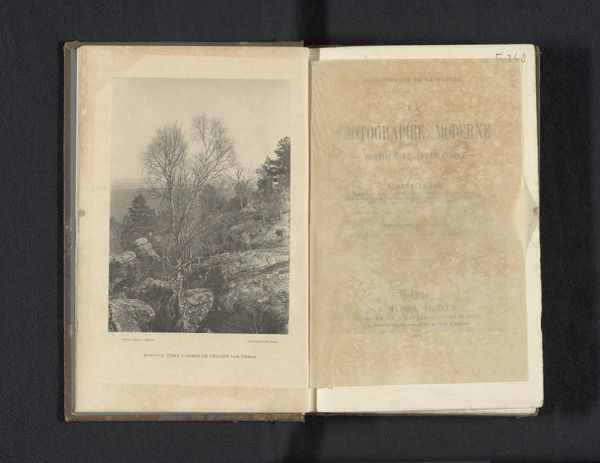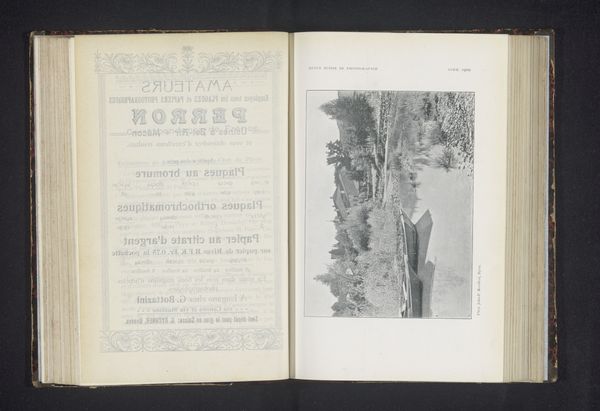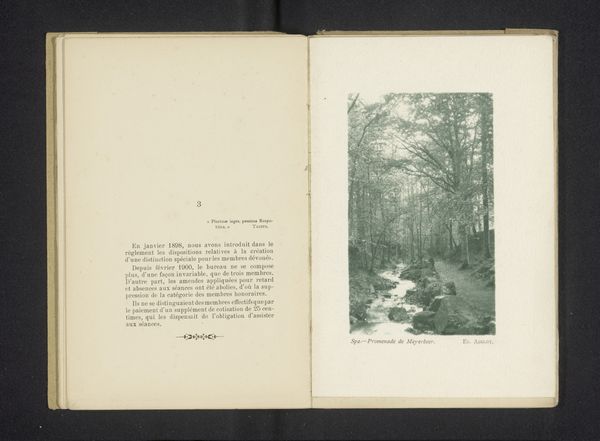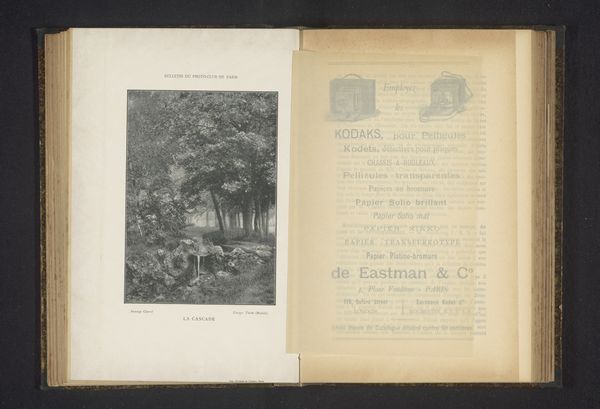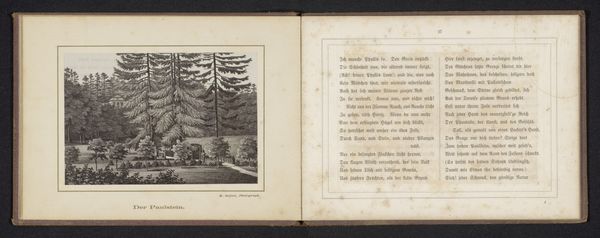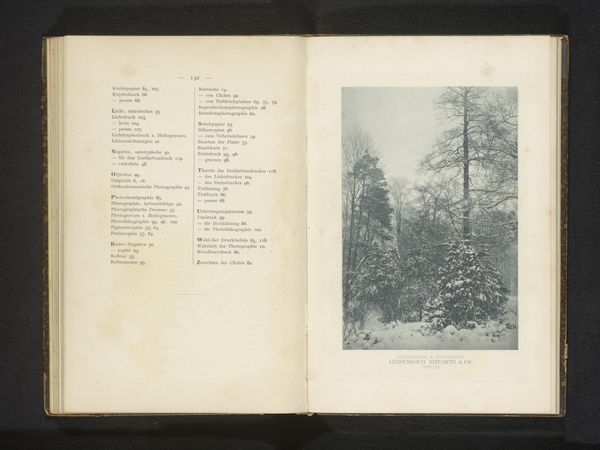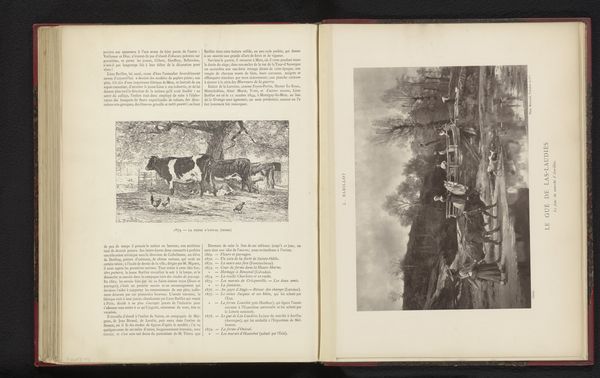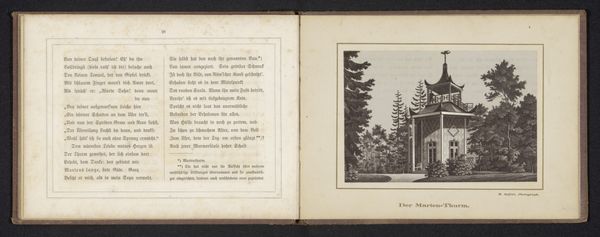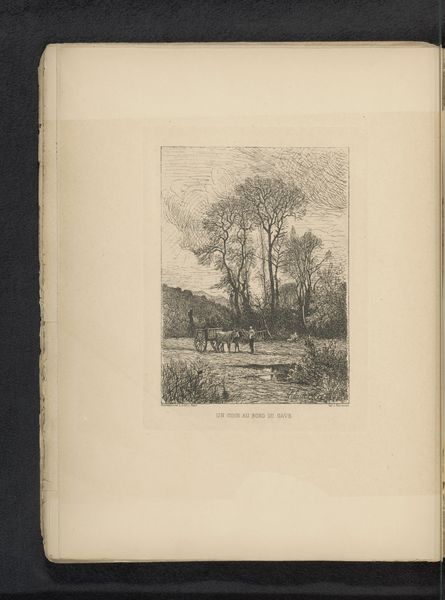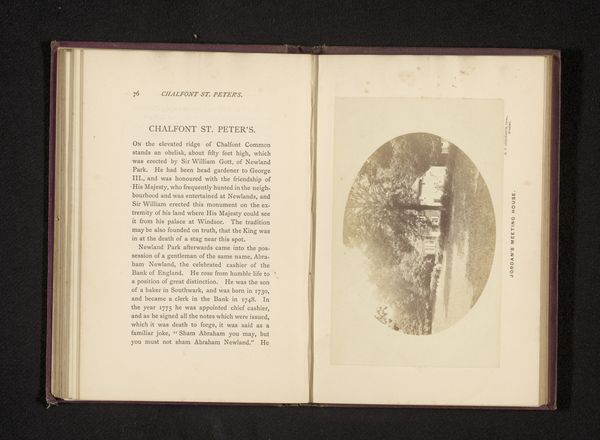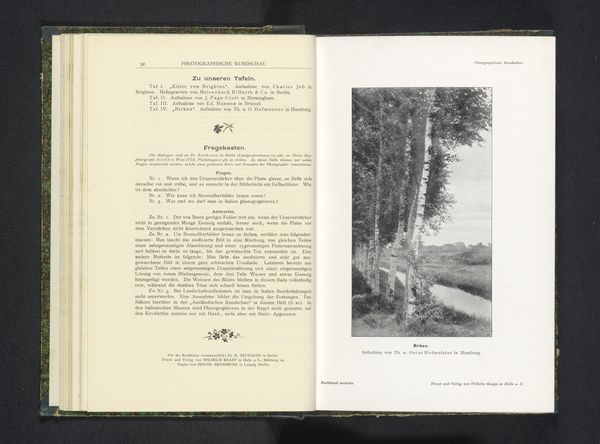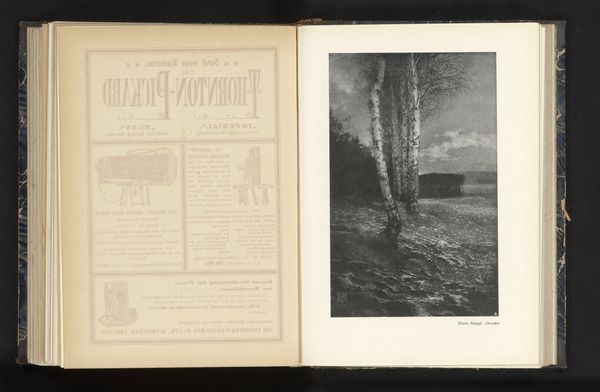
print, photography, gelatin-silver-print
# print
#
landscape
#
photography
#
gelatin-silver-print
Dimensions: height 169 mm, width 119 mm
Copyright: Rijks Museum: Open Domain
Editor: We’re looking at “Landschap,” a gelatin silver print by Hermann Linck from before 1902. It's a black and white photograph of trees against a misty mountain backdrop. It feels incredibly serene, almost like a stage set. What do you see in this piece, considering its historical context? Curator: It's interesting to consider landscape photography's position at the turn of the century. Photography was solidifying its place as art, but also serving documentary purposes, like cataloging the natural world. How did artists like Linck negotiate those different roles? Editor: That’s a good point. Was there a tension between art for art’s sake versus photography as a tool for documentation or even propaganda? Curator: Absolutely. Landscape imagery had powerful socio-political implications. Who gets to define and control the representation of a ‘nation’s beauty,’ for example? Early landscape photography, especially in Europe and the US, was instrumental in promoting ideas of national identity and even justifying expansionist policies. So a seemingly peaceful image might carry significant ideological baggage. Think about whose land is really being represented, and for whose consumption. Editor: Wow, that perspective really reframes how I see it. I was focusing on the aesthetic qualities. I now wonder about the image’s original context. Was it presented as fine art, or used in publications to promote tourism, maybe? Curator: Exactly! Considering the photograph's purpose and audience at the time is key. What kind of visual vocabulary was considered “picturesque” or “desirable”, and what power dynamics did those choices reinforce? It forces us to question our own contemporary assumptions about the landscape, doesn’t it? Editor: Definitely. I’ll be paying much more attention to the "why" and "for whom" aspect of art now, thanks to this deeper understanding. Curator: And I am reminded of the complexities behind seemingly simple artistic expressions, and how much a piece of art relies on societal influences.
Comments
No comments
Be the first to comment and join the conversation on the ultimate creative platform.
